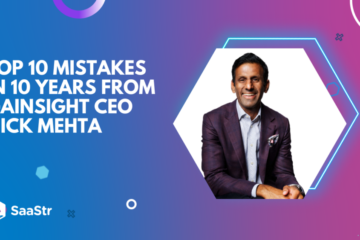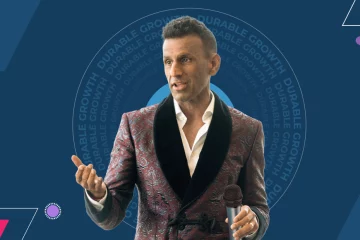Silicon Valley Mythbusting: Rethinking The Concept of ‘A’ Players

If you work in Silicon Valley and read a lot of news related to the industry, chances are good that you’ll read a lot of questionable content that contains “sage advice.” These stories are generated and re-tweeted, often without question.
I’d like to question the concept of the “A Player,” a common topic in and around Silicon Valley and popularized by the late Steve Jobs, who discussed building his team TISI -0.06% of “A players” in The Lost Interview, a 2012 documentary about his career. Since then, the tech industry has been in a frenzy to find, recruit and retain these masters of their domains. I’ve heard all kinds of comments about the industry’s, or a company’s, need for A Players—that they’re fundamentally better than others and always have been; that they comprise a company’s culture; that by allowing anyone but an A Player into the mix, a company will inevitably become a shoddy, sad shadow of its current iteration.
Sorry, but I am unconvinced. In fact
I’ll go as far as to say that the A Player mindset is detrimental to our industry, particularly for those in leadership positions. Everyone wants to be an A Player (or at least claims they want to be), so how are we to determine who’s an A and who’s not? Here’s where things get interesting, and where the notion of the A Player goes awry, particularly when you introduce stack ranking (ranking your employees in order of value) into the mix. This is a controversial and frankly egregious approach to managing people.
People: Not One-dimensional
While stack ranking might be an intellectually appealing concept, it is highly flawed. It’s skewed toward people you know well, and it’s subject to many of our uglier, subconscious biases. And—a huge caveat—it assumes equivalent, ideal management and role fit throughout.
As leaders, our teams are best served when we accept people in all their flawed glory. It would be wildly unfair to compare your charismatic sales legend to the introverted oddball who can code like a ninja, and vice-versa. Both bring game in their own right. By reducing us to just a number, stack ranking obliterates the beautiful nuances that make us interesting human beings.
We cannot all be ranked; there is no single test that puts everyone in a reliable order. Likewise, there is no one skill by which we can all be classified. By definition, the idea that everyone can be assigned a grade letter is flawed.
Company Fit Matters
I’ve had great, respected teammates who went to other companies where they were abject failures. Likewise, I’ve hired “star” employees from others companies who just didn’t work out. What happened? Did they lose it? Were they ever an “A Player” to begin with? Maybe the problem was that they were at the wrong company—for them. Professional success is frequently related to the correct “fit” for corporate culture, which makes sense. The right atmosphere fosters trust and respect, which creates an environment where people feel valued—and are more likely to be productive.
Role Fit Matters
For a person to succeed, they’ve got to feel comfortable and confident in not only their corporate culture, but also in the role they play each day on the job. Let’s use a football analogy. Among many other qualities, a good quarterback needs intuition, a strong arm and the ability to stay calm under pressure. A good linesman needs size, strength and toughness. These are very different players, but both are contributing in to the game in their own ways. Both skill sets matter, and should be valued, by the coach and the individual players themselves.
By offering employees a clear roadmap to success in their positions, managers will be establishing a solid foundation on which the team will thrive. Managers should identify the competencies required for a candidate to be successful in a role, then recruit people who demonstrate those competencies. Consider each employee as an individual, whether they’re the quarterback or the outside linebacker, and understand what they need to hone their skill set. Any good coach sees their team as a whole, comprised of individual players who bring something unique to the mix. You can do it too, I promise.
Manager Fit Matters
The hard truth here is that sometimes it’s us—the managers—who are impeding our employees’ success. Yes, it’s true, even we have faults. In all seriousness, I have seen a simple manager change make a hugely positive impact on an employee’s career trajectory—even within the same company, while holding the same job. Again, this pokes holes in the theory of the “A Player.”
So what is the moral of this story? I’m not saying that some teammates don’t perform better than others. I have had colleagues who could be thrown into almost any situation and fare reasonably well. And I’ve unfortunately had to fire others for abysmal performance. But before you pass judgment on a team member, consider some of the other factors, mentioned above, that may be at work. Maybe a simple tweaking of the situation will lead to a positive outcome—particularly if the individual exhibits some real potential.
As a leader, you get paid a lot to do your job. It is your responsibility to find the right people for the right roles with the right manager. It is also your responsibility to coax the best performance out of your team, and using terms like “A Player” does them a disservice. On the other hand, you can build your team into the best they can be, both together and individually: then you’d have an “A Team.”



